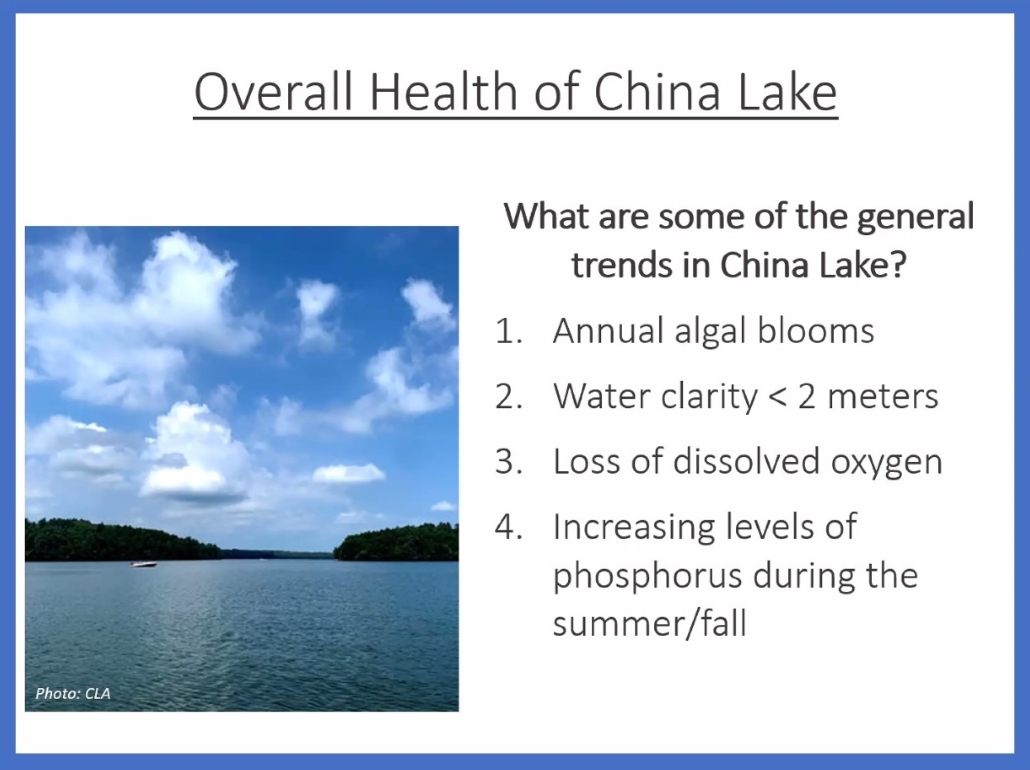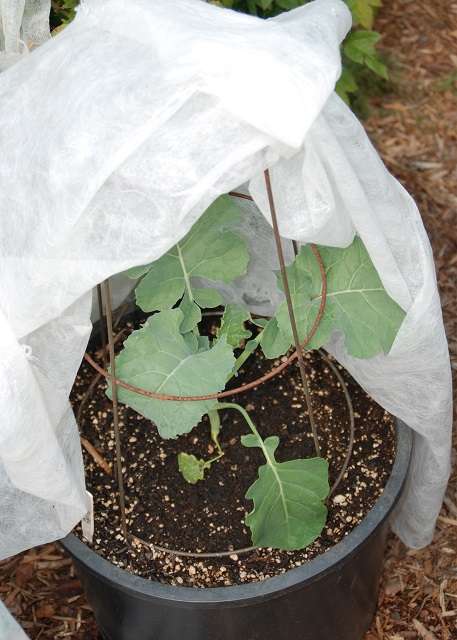Let’s stray off the beaten path this week and talk about the weather. Everybody does. Especially forecasts in particular, and those people who tell us what to expect, and are very often wrong. Or are they?
A group of us were recently talking about weather forecasts and what they mean. If you asked three people what a 50 percent chance of rain means you’ll potentially get three different answers. The chance for rain (or snow) is probably the most misunderstood part of the weather forecast. In meteorology they refer to the chance for rain or snow as POPS, or probability of precipitation.
A rain chance – also known as a PoP (probability of precipitation) – is often expressed as the coverage of showers and storms in a given day and describes the chance of precipitation occurring at any point in a selected area.
The National Weather Service defines PoP in the following way: PoP = C x A where “C” = the confidence that precipitation will occur somewhere in the forecast area, and where “A” = the percent of the area that will receive measurable precipitation, if it occurs at all. So… if the forecaster knows precipitation is sure to occur ( confidence is 100 percent), he/she is expressing how much of the area will receive measurable rain. ( PoP = “C” x “A” or “1” times “.4” which equals .4 or 40 percent.). Another way to explain this, is that if there is a 50 percent chance of rain in 80 percent of a given area, there is a 40 percent PoP.
This means that PoP is an expression of both confidence and area. If a forecaster is only 50 percent certain that rain will occur over 90 percent of the area, then the PoP is 45 percent (because POP in this instance would equal 0.5 x 0.8).
Let’s say tonight’s forecast calls for a 50 percent chance of rain. It does not mean, 1. that 50 percent of the area will get wet; or 2. that it will rain 50 percent of the time.
According to meteorologists, a 50 percent chance of rain means there is a 50 percent chance for any one spot in the forecast area to get wet during the forecast period. So what’s the forecast area and forecast period?
A UGA study surveyed 188 meteorologists and broadcasters and found that respondents expressed a range of different definitions of PoP, and that each person was highly confident in their definition. The expression given above (PoP = Precip X Area) is one of the most common, while another common interpretation of PoP focuses on a specific point instead (PoP = Precip X Point).
Nearly half of those involved in the survey also felt there was little consistency in the definition of PoP, and the study concluded that it was evident that we need to work together as a community to establish clear and consistent messaging involving the communication of uncertain information. However, to be clear, none of the interpretations of PoP reference the intensity, amount, or duration of precipitation. You can still see flooding with a 30 percent PoP, and there could also be a day with 100 percent PoP that results in little accumulation (such as a day when meteorologists are anticipating a few hours of drizzle everywhere). Planning a beach day and see an 60 percent chance of rain? Dive deeper – don’t let it ruin your fun at first glance! It could mean that there is a high likelihood of a 30-40 minute storm, versus an all-day event. This is why context is critical when consuming any kind of information – especially a weather forecast.
Fortunately, even if everyone isn’t on the same page of what PoP means, they’ve likely adapted their own internal definition of it. If you see an 80 percent chance of rain, you’ll likely remember to grab a rain jacket or umbrella on the way out the door, regardless if you think the 80 percent is referring to how much rain your area will receive or how long it will last. A quick glance at the forecast for PoP is generally all people need to know if they need to grab their rain gear, but if you have plans outdoors, be sure to take a closer look at the forecast.
At no time does a percentage given in a forecast tell you how long it will rain, how much rain is expected, what time the rain will arrive or what the potential impacts are to you.
Confused yet?
There is a lot of confusion around what rain chances actually mean; simply put, the percentage given in a forecast is the coverage of people in the coverage area they think will see wet weather.
Unfortunately, POPS is a very subjective topic. Let’s say your county is the forecast zone and it has a 50 percent chance for rain today. If it rains in just one spot sometime during the afternoon then the forecast is verified, regardless of where the rain fell within the county.
The above scenario happens a lot. It might rain in a rural or unpopulated part of the county, missing the bulk of the population. Because the main population center missed out, most will think “they were wrong again,” referring to the local meteorologists, despite the forecast really verifying, because it did indeed rain within the forecast area during the forecast period.
My mother had two methods to predict rain. One, she would look at the silver maple tree outside, when the green leaves turned over to display the silver on the back side; two, or – we lived on the west side of the Kennebec River, in Waterville, and Hollingworth & Whitney (Scott Paper Co.) was on the east side, in Winslow. Whenever we got a strong scent of sulfur from the mill, and the wind was coming out of the east, on both occasions, she would predict rain – and was right 100 percent of the time.
OK, Mr. weatherman, with your Doppler radar and computer models, when will you be able to tell us which part of a given area will receive 100 percent of the rain?
So, here’s my solution. I have a rock in my backyard that I look at every day. If it is wet, it’s raining; if it is white, it’s snowing; if it’s dry, then it’s a nice day. Best of all, that rock is never wrong.
Roland’s trivia question of the week:
What Hall of Fame defenseman, who played 21 seasons for the Bruins, logged the most career games in franchise history?
Answer
Ray Bourque, 1,518 games from 1979 to 2000.



 No matter what your age, schedule or dental condition, it’s important to floss your teeth.
No matter what your age, schedule or dental condition, it’s important to floss your teeth.
















